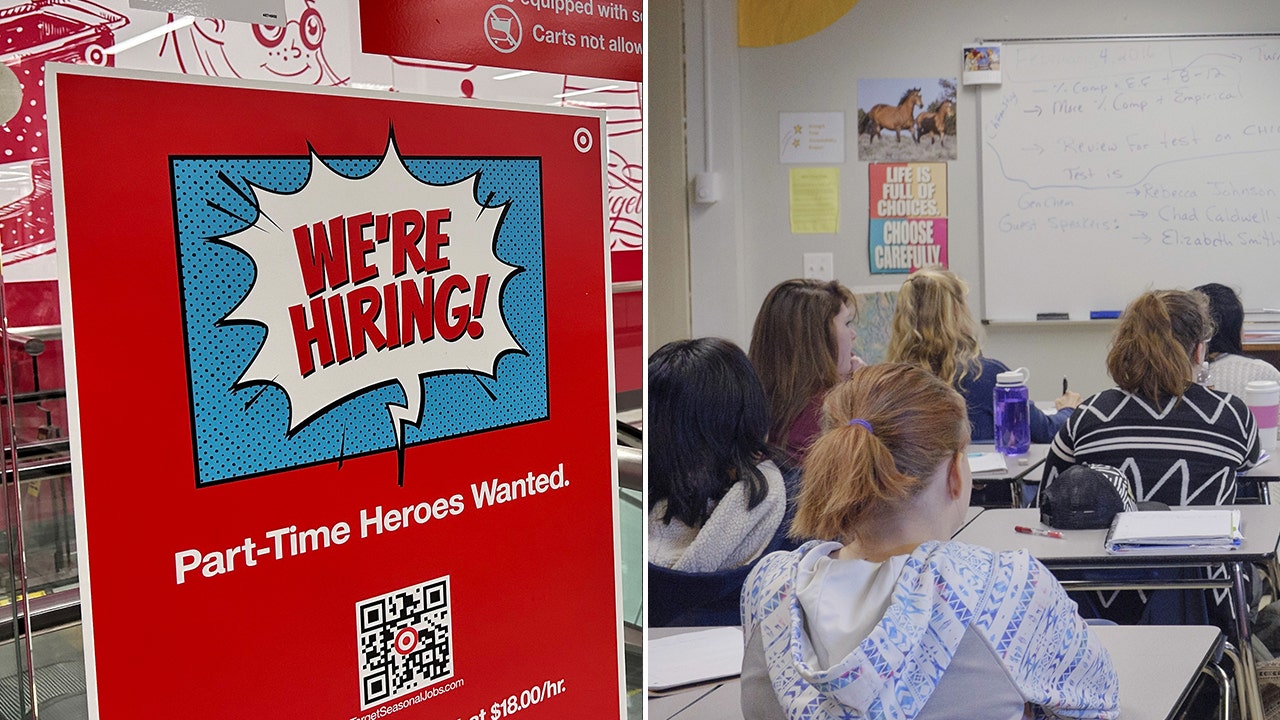In recent years, there has been a noticeable shift in the job market towards offering more part-time opportunities for workers. While the exact reasons behind this trend are complex and multifaceted, it is clear that employers are increasingly open to providing flexible work arrangements to meet the needs and desires of their employees. This shift has significant implications for job seekers who are seeking greater flexibility in their work schedules.
One key trend that has emerged is the rise in the share of part-time job postings since 2022, while full-time postings have remained relatively flat. According to data from Indeed, as of May 2024, 31.7% of all job postings were for part-time roles, up 2.5 percentage points from May 2022. This increase suggests that employers are recognizing the value of offering part-time options to attract and retain talent in a competitive labor market.
The growth in part-time opportunities is not limited to specific sectors but is broad-based across the labor market. Sectors such as Beauty & Wellness, Hospitality & Tourism, and Marketing have seen significant increases in the share of part-time job postings, indicating a shift towards more flexible work arrangements. This trend is reflective of a larger societal shift towards work-life balance and the recognition that employees value flexibility in their work schedules.
Interestingly, in some sectors, the growth in part-time options has come at the expense of full-time job postings. Employers in sectors such as Media & Communications and Food Preparation & Service are actively switching to part-time job postings, indicating a strategic shift in workforce management. This trend suggests that employers are adapting to changing labor market dynamics and are willing to offer more flexible options to meet the needs of their employees.
The reasons behind the increase in part-time opportunities are complex and multifaceted. It could be driven by a competitive necessity to attract workers in a tight labor market, or it could be a response to economic factors that require employers to adjust their workforce needs. Regardless of the specific drivers, the upshot for workers is clear: there are more part-time roles available for those who desire or require them.
As the labor market continues to evolve and adapt to changing conditions, the trend towards more part-time opportunities is likely to continue. Employers are recognizing the value of offering flexible work arrangements to meet the needs of their employees and attract top talent. This shift towards greater flexibility in work schedules is a positive development for workers who are seeking a better balance between their professional and personal lives.
In conclusion, the rise in part-time opportunities in the job market reflects a broader shift towards more flexible work arrangements. Employers are increasingly open to offering part-time options to meet the needs of their employees and adapt to changing labor market dynamics. This trend is likely to continue as the workforce seeks greater flexibility in their work schedules.

















